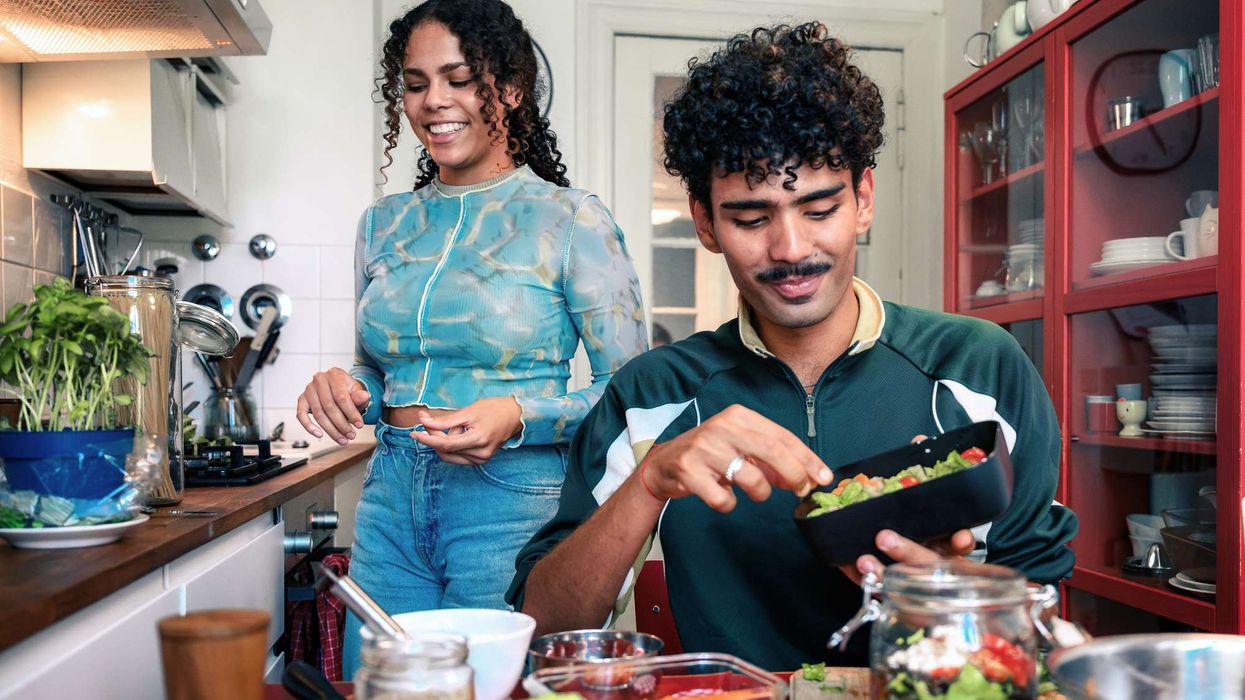By Professor Kamlesh Khunti
AS IS now known, the burden of Covid-19 has not been equal, with people from ethnic minorities being at increased risk of infection, severe disease and death compared to white populations.
At the University of Leicester, we were the first ones to raise concerns about a possible link between ethnicity and Covid-19 outcomes in early April, following which we had confirmed reports from the intensive care unit audit and also when the first 10 doctors in the UK to die from coronavirus were identified as being from ethnic minorities. These concerns have now been confirmed from a number of studies in the UK and from the US, with some studies showing that a third of Covid-19 patients admitted to intensive care units were from an ethnic minority background.
After my colleagues and I first raised this issue, we have spent the past five months working with national and international scientists on various issue related to Covid-19 and ethnicity. One interesting early study we were involved in was led by NHS England and examined data from 61 million people in the UK. We found that Asian and black individuals were between 30 and 70 per cent more likely to die from Covid-19 compared to people of white ethnicity.
The question we began to focus on next was why were ethnic minorities disproportionally affected by this pandemic? We reviewed the scientific evidence in June as part of a report for the South Asian Health Foundation. The available data appears to point to three main contributory factors.
Existing social inequality has left ethnic minority communities at greater exposure to Covid-19 as they are more likely to be deprived, live in overcrowded housing with multiple generations, and work in high-exposure occupations, such as transport or health and social care.
In addition, south Asian and black populations are more likely to have pre-existing conditions such as diabetes, obesity and heart disease, which are related to poorer Covid-19 outcomes.
Finally, perhaps due to a lack of initial culturally appropriate public health messaging among some minority communities, there may have been less understanding of the need for social distancing and social isolation when an individual or family member displays symptoms.
Coincidental to the work we were doing, on June 29, the secretary of state for health, Matt Hancock, announced that Leicester was to be put under local lockdown due to a Covid-19 “outbreak” in the city. The majority of the population in Leicester is of a non-white ethnicity, and it was the first city in England to go into a local lockdown. When we looked at the data in Leicester, ethnic minority populations were over two times more likely to test positive for Covid-19 (both pre- and three weeks into the initial UK lockdown) than the white ethnic group, and to have a higher number of household residents.
Leicester is one of the most ethnically diverse cities in the UK, so it is likely that social deprivation, overcrowded housing, and the multi-ethnic population of the city were key factors that contributed to the rise in cases. We are still in a partial lockdown with certain restrictions such as curbs on gatherings in private homes and gardens. This has certainly helped reduce the number of people who have tested positive.
Members of our research group worked alongside the city’s public health team to help produce and disseminate culturally tailored public health messages in a number of languages. We also worked to ensure the local test, trace and isolate strategy was culturally adapted so it would work better in Leicester’s multi-ethnic population.
Alongside this, we were awarded prestigious national funding for a range of studies on ethnicity and Covid-19. These include examining outcomes in healthcare workers which will try and identify the risk of being infected with and dying from coronavirus in healthcare workers from various ethnic groups. We are also working with University of Oxford to develop a risk tool that will identify individuals at the highest risk of severe Covid-19, based on data from in a person’s general practice records including age, sex, ethnicity and comorbidities.
Sadly, the UK is again seeing rising numbers of positive cases, particularly among the younger populations. This could be due to a variety of reasons, including opening up of restaurants and bars and people returning to work, but the population really need to comply with all the safety measures including face masks, social distancing and general hygiene. Nationally we must avoid a second spike and further lockdowns in cities like Leicester.
We also need to make ethnic minority people aware of taking part in Covid-19 related research, particularly the ongoing vaccine trials. Our research group will continue to push forward trying to understand what the risks are for ethnic minority groups, why these risks are greater compared to white populations, and how best to protect ethnic minorities from Covid-19 now and in the future.
The South Asian Health Foundation report on Covid-19 and resources, including videos in different languages, can be downloaded from www.sahf. org.uk/covid19
Professor Kamlesh Khunti PhD MD FRCGP FRCP FMedSci is professor of Primary Care Diabetes and Vascular Medicine and NIHR senior investigator at Diabetes Research Centre, College of Life Sciences, University of Leicester.





 Mareyah Bhatti , a sustainability strategist and passionate home cookMareyah Bhatti
Mareyah Bhatti , a sustainability strategist and passionate home cookMareyah Bhatti







Leicester lockdown reflects Covid threat